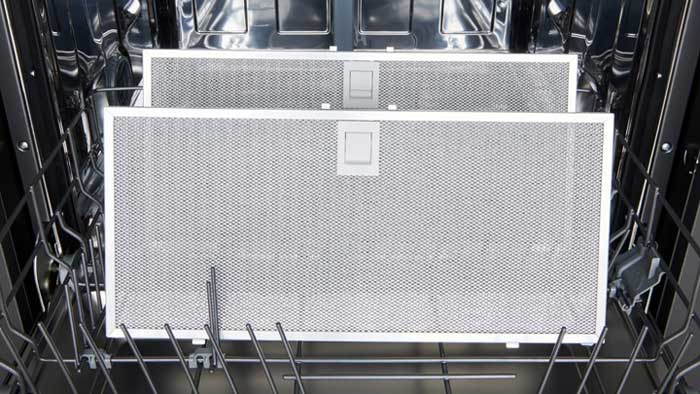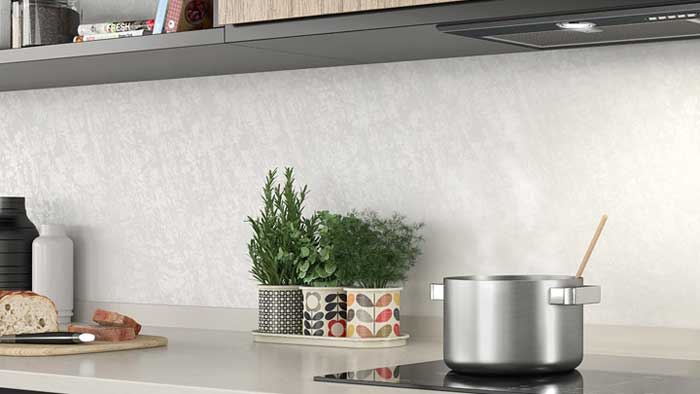The rangehood has become one of the most important appliances in any modern kitchen, ensuring a comfortable cooking experience for the user by keeping the air in the kitchen as well as the home clean, fresh and odour-free. Rangehoods also help protect kitchen finishes by keeping the surfaces clean and oil-free.
The primary function of any rangehood is to soak up the grease and smells from cooking. It keeps your air clean by removing airborne grease, helps remove excess heat, steam and smoke from the cooking, and provides better kitchen lighting. However, to continue cooking and living in comfort, you also need to ensure clean rangehood filters.
For optimum performance of your rangehood, mesh filters should be cleaned every few weeks/months and replaced every 1-2 years (depending on usage). Carbon filters, on the other hand, need to be replaced every 3-4 months (or every 120 cooking hours).
How to select and replace your rangehood filters
Charcoal filters Vs. Mesh filters
Charcoal rangehood filters are used for ductless rangehoods. These are perfect appliances for apartments or other small accommodations where ducting is not an option. The charcoal/carbon filters work by collecting airborne grease, smoke and smells while cooking, and recirculating the fresh air back into the kitchen.
Ducted rangehoods use mesh filters, and have a filtration system that collects the grease, smoke and other particles through the duct to the outdoors, removing the dirty air right out from the kitchen.
That is why replacing your charcoal rangehood filters every few months is so vital and important for the performance of your rangehood; in the same instance, clean your mesh filters regularly.
Make cleaning and replacing your rangehood filters a habit, and your rangehood will love you for it.

How to clean and change your rangehood filters (stainless steel or mesh)
Cleaning or changing your rangehood filters is essential to making sure your rangehood functions as expected.
Best way to clean your rangehood filter:
- First remove the filter/s out from the hood, by using the tab to pull.
- You can then hand-wash your filters or place them in your dishwasher on a hot cycle for added convenience. To hand-wash, submerge and soak your filters in a sink with warm soapy dishwashing liquid or baking soda for about 10 minutes. Then scrub the filters using a brush or scourer until clean. Avoid using harsh chemicals when cleaning your filters as they can tarnish the mesh.
- Leave your filters out to dry (before refitting your filters, make sure they are completely dry).
- Place the filters back into the hood sockets.
To replace your rangehood filters:
- Simply remove and discard the old filters. To remove the filter/s out from the hood, use the tab and pull.
- Fit your new filters into the sockets. You can also purchase our universal UNILUX range of filters here.

How to know when to clean or replace your filters
If your rangehood is not performing optimally, it could mean your filters are clogged or damaged. Make sure to clean your filters every few months, if not weeks, depending on your rangehood usage. Select rangehoods also have a warning light to prompt you to maintain your filters.
Your filters need cleaning or replacing if:
- Grease or grime starts to build up on surrounding cabinetry or walls.
- Cooking odours stay in the kitchen and are not being soaked up by the filters.
- Smoke stays in the kitchen even after you’ve had your rangehood running.
- You can see grease or cooking residue on your filters.
- Your rangehood suction or filtration seems compromised due to warping or bends in your filters, dents or holes in the mesh or stainless steel.
If you have never cleaned your filters, it’s time to start now!

